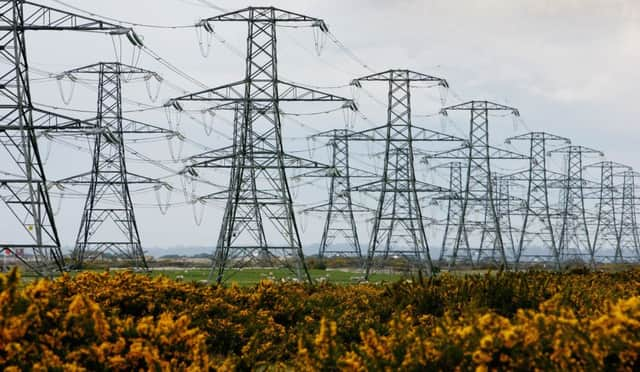Greenest summer as wind powers a revolution


During the astronomical season, from June 21 to September 22, nearly 52 per cent of electricity came from renewable sources such as solar and wind, and from nuclear power.
The figure is up from just over a third during the same period, only four years ago.
Advertisement
Hide AdAdvertisement
Hide AdAlmost a quarter of power generation came from renewables this summer, up from just nine per cent four years ago, and 19.5 per cent last year.
The East Riding of Yorkshire is England’s top area for producing wind power, and with the development of the huge Green Port initiative in Hull, unemployment in the area is said to have fallen by up to 12 per cent.
An industry conference in June heard that the region was sitting on an offshore resource that would make it the “Saudi Arabia of wind”.
In contrast, the county’s former coal reserves are being run down. The huge Ferrybridge C coal-fired power station in West Yorkshire closed last year after half a century, and earlier this year, the country’s lights were kept on for a full 24 hours without a contribution from any coal-fired plants.
Advertisement
Hide AdAdvertisement
Hide AdThe latest figures are unveiled as National Grid launches new software that can forecast how much carbon is emitted by each unit of generated power, up two days ahead.
The company is working with the conservation charity WWF and the European arm of America’s Environmental Defense Fund to make the software, which aims to help people better understand and control their energy use, openly available to the public.
The wildlife charity has used the data in an online tool that points users to the best times to turn on or off home appliances to minimise carbon emissions.
Shifting activities such as turning on the dishwasher could help relieve pressure on the energy system and reduce the need to use back-up plants burning fossil fuels such as gas and coal to meet peak demand, National Grid said.
Advertisement
Hide AdAdvertisement
Hide AdDuncan Burt, who is running the project, said technology companies could build apps to make a real difference to how and when people use energy.
“Clear and concise information that can tell you in advance when’s best to turn on the washing machine, load the dishwasher or charge your car for example, is a step in the right direction towards a low carbon future,” he said.
“This technology puts people at the heart of it, helping everyone to use power when it’s greenest, and likely, more cost efficient.”
Gareth Redmond-King, head of climate and energy at WWF, said: “Green energy forecasting could be a game changer - making the connection between the weather and energy and helping people use electricity when it’s greenest.”
Advertisement
Hide AdAdvertisement
Hide AdHe called on the Government to bring in “time of use” tariffs which he said could also help consumers to save money on their bills by using power when demand and carbon emissions were lower.
Average carbon dioxide emissions for each unit of power have fallen by more than half since summer 2013, when there were 491 grams emitted for each kilowatt hour. This year, the figure was just 216g.